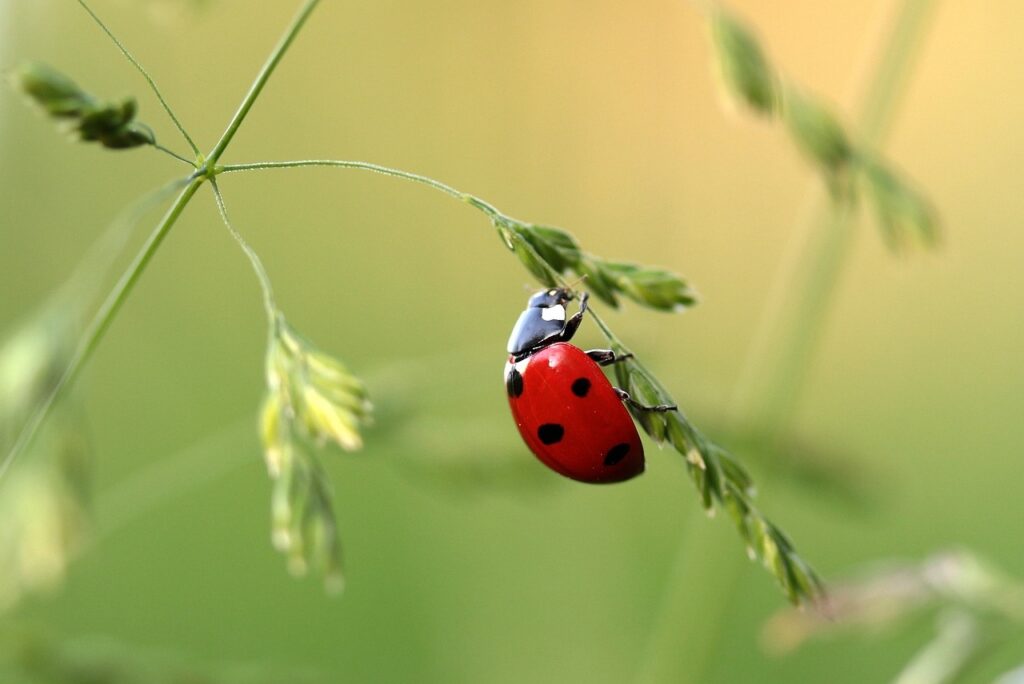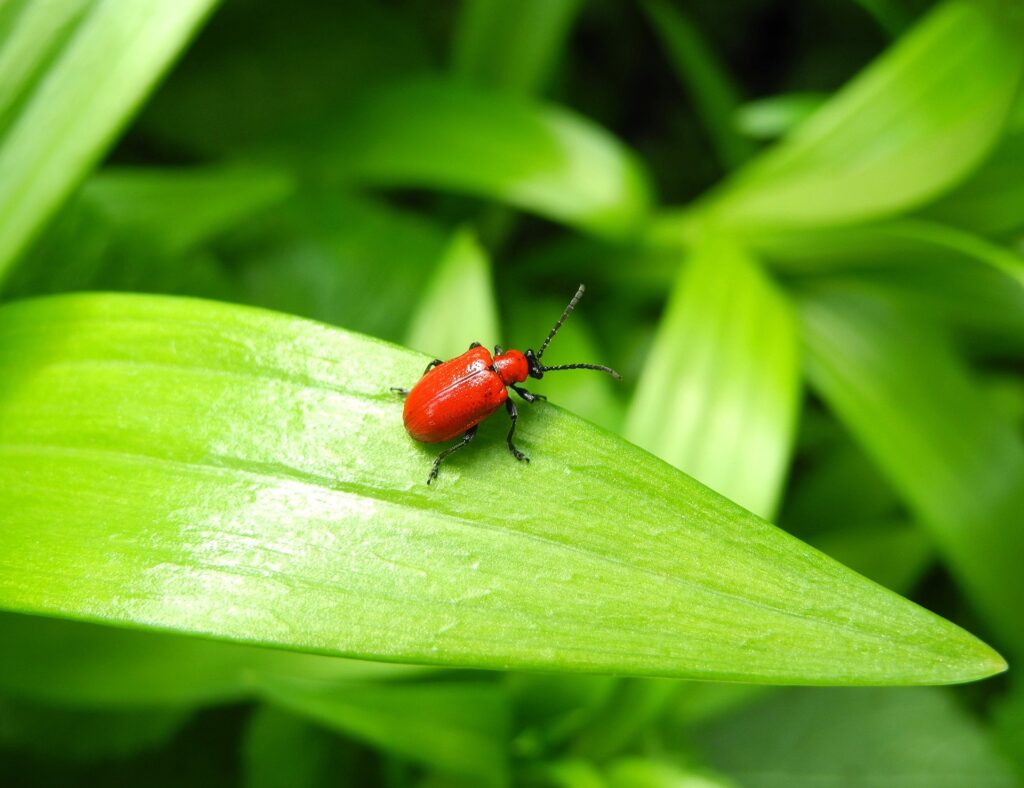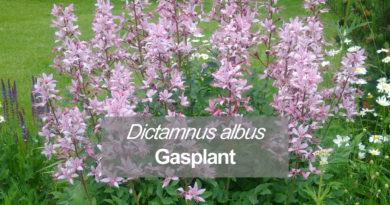What Insects are in Your Backyard?
By Robert Wrigley
It was a late afternoon when I decided to relax by reading a book in my backyard gazebo in Winnipeg. As I looked up to rest my eyes, I saw a tiny insect, backlit by the sun, dart a few metres across the yard and then vanish as if by magic. While I was wondering what it could have been, and before I could look down to my book again, another larger insect sailed by slowly. Then I realized that there were literally dozens of tiny insects streaming every which way.
Normally I would not have been able to see them, but being backlit by the sun, they stood out like silvery streaks of light, darting and swirling on the gentle breeze. Their graceful movements, pausing in mid-air, and then speeding off again, reminded me of ballet dancers, leaping with great “hang-time” and then floating across the stage in time to the music of wind and string instruments. I suspected that some of these insects were involved in mating swarms, as they twirled around in an ascending vortex, until lost against the blue sky. I just had to investigate, and so I ran into the house for my butterfly net.
Standing motionless, on guard, at the edge of the gazebo (which must have looked really bizarre), I was ready to swing at the next target that flew within range. I glanced over the fence, hoping the neighbours were not observing my antics. The insects were capable of impressive evasive actions, but after several wild swings and misses, I finally captured a bug. As I delicately manoeuvered my hands through the mesh of the net, I watched the little bug rapidly slip through the net and it was gone in a flash. Obviously the fabric was too coarse to hold my quarry. Most were only a few millimetres long but, having no finer net at hand, I kept swinging and tried to secure each specimen quickly, without squashing it with my blunt fingers before it could escape. I continued this exercise for half an hour, capturing about one insect for every 10 tries, until the sun dipped below the roof line of the house, and then the flying flotilla instantly became invisible.

At this point I had no idea what types of insects lay at the bottom of my vial of preservative, and it was not until the following day that I glued each one onto a paper “point,” attached to an insect pin. As soon as the glue was dry, I peered at the specimens through my stereo-microscope, and with mounting astonishment began identifying them into families.
Not counting the many tiny flies that I failed to secure, the following is a list of the insects I captured that afternoon:
- 3 species of water scavenger beetles (Hydrophilidae)
- 2 species of weevils (Curculionidae)
- 3 species of rove beetles (Staphylinidae)
- 3 species of sap-feeding beetles (Nitidulidae)
- 2 species of plant bugs (Miridae)
- 2 species of ground beetles (Bembidion frontale, Stenolophus)
- 1 species of stink bug (Pentatomidae)
- 1 species of striped leaf beetle (Phyllotreta striolata)
- 1 species of pill beetle (Byrrhus americanus)
- 1 species of mud-loving beetle (Heterocerus)
- 1 species of soldier beetle (Cantharis rufa)
The soldier beetle (native to Europe) had invaded Manitoba from Minnesota only a year or two ago, and this and another exotic species – the variegated lady beetle (Hippodamia variegata) – were the subject of a paper which Ms. Sarah Semmler, (director of the Living Prairie Museum) and I published recently, based on first records for the province. I was astonished at the variety of species in my backyard – all taken within 30 minutes of one afternoon. No doubt that collecting this way periodically from spring to autumn, and night-collecting with a mercury-vapour light, would have easily resulted in several hundred species. I was completely unaware of all this biodiversity of tiny species in my backyard.

The rest of the summer I remained alert for other insects in the garden, and collected the following larger species:
- Common bagworm moth (Psyche casta) larval case of plant fragments, attached to the house,
- the exotic red lily beetle (Lilioceris lilii) on lilies,
- a ground beetle (Stenolophus comma) on the sidewalk,
- the large bronzy ground beetle Carabus maeander, under a stepping stone,
- two species of predaceous diving beetles (Dytiscidae) that slid off my gazebo roof,
- an impressive, 70-mm (2.8-in)-long, black female wasp (Pelecinus polyturator),
- a currant-tip borer, long-horned beetle (Psenocerus supernotatus) sitting on a window,
- a banded long-horned beetle (Typocerus velutinus) sipping flower nectar,
- an ant-mimic checkered beetle (Enoclerus nigripes) running along a spruce log,
- two species of jewel beetles (e.g., Chrysobothris femorata) that emerged from oak firewood stored in my garage,• a horntail wasp (Xeris melancholicus) and colourful willow-oak sawfly (Arge quidia) sitting on my gazebo deck.
Numerous water boatmen arrived each night at a porch light, and I was surprised to learn that thousands of these aquatic bugs were flying over my house each evening. A large grasshopper turned up one day, having flown in from some distant place, and adult lady beetles were extremely common; they and their odd-looking larvae were evident feeding on aphids on new plant growth. These included the large multicoloured asian (Harmonia axyridis), convergent (Hippodamia convergens), thirteen-spotted (Hippodamia tredecimpunctata), and seven-spotted (Coccinella septempunctata) lady beetles.
Many kinds of moths spent the daylight hours sleeping in dark corners of the gazebo, and a bird bath and rain barrel trapped an amazing sample of flies, flower flies, wasps, bees and ants. I now have a beautiful collection of mounted insects without even leaving my property. I wondered how many of these insects would have been here had I permitted the spraying of my property with Malathion for mosquito control. It was gratifying to become aware that a garden, stocked full of non-native flowering plants, could still support such a complex ecosystem in the modest space of a backyard.
Photos and information on all of these insects can be viewed at bugguide.net.
@ 2023 Pegasus Publications




